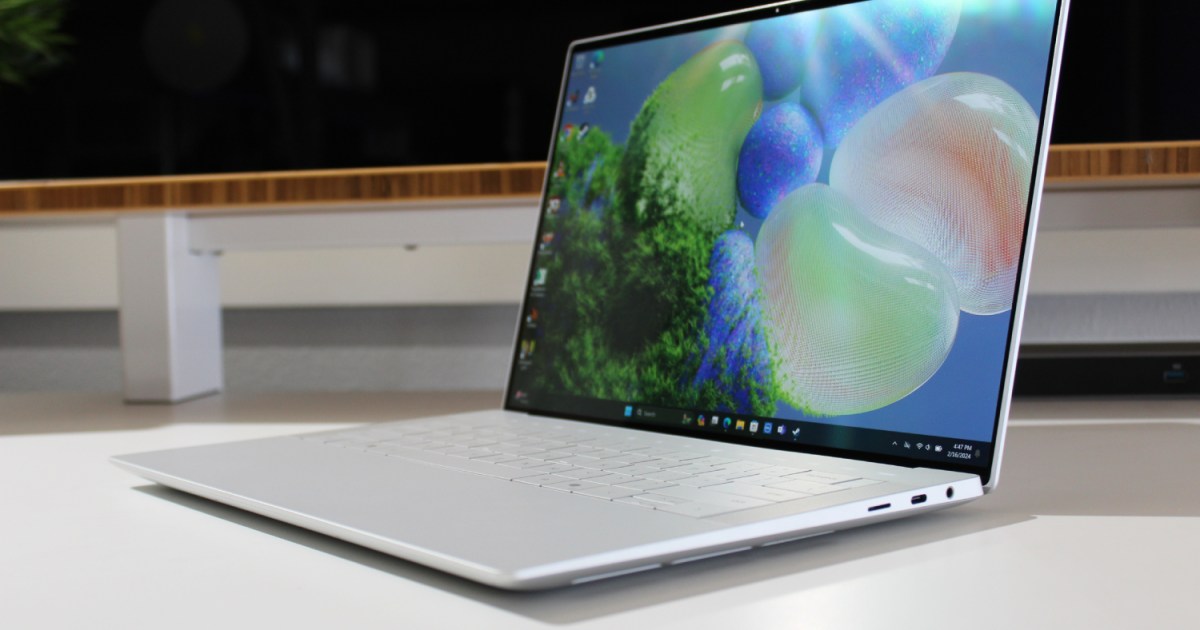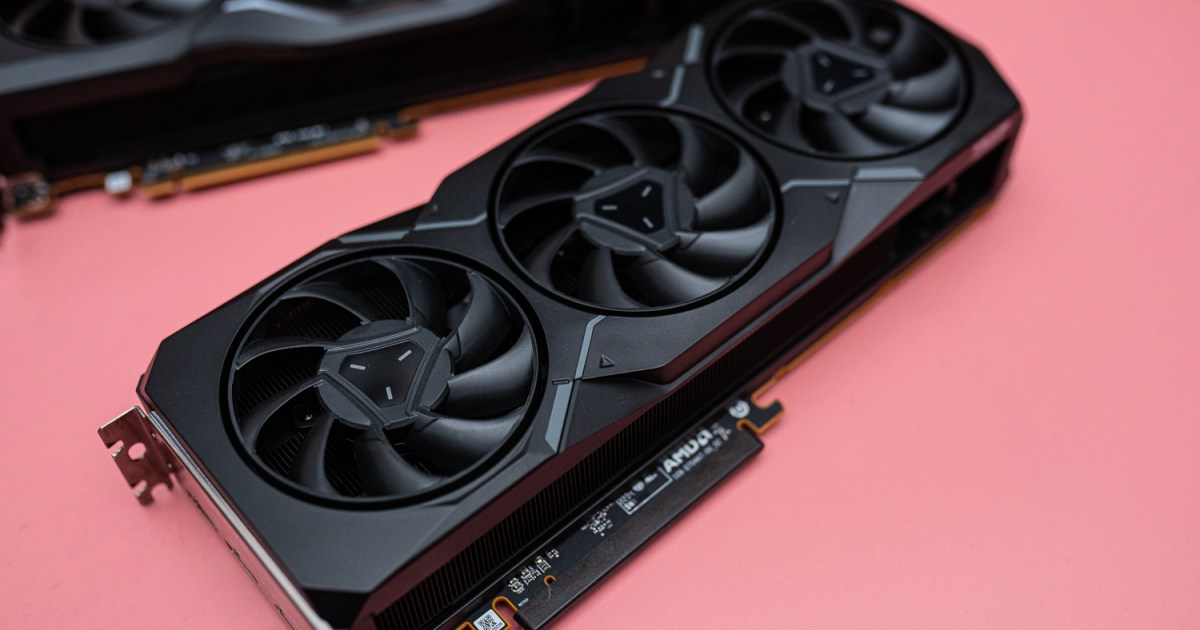By Trevor Mogg Published December 31, 2024 5:30 PM
 The International Space Station.
NASA
The International Space Station.
NASA
Life on the International Space Station (ISS) is anything but ordinary. The microgravity conditions mean you spend most of your time floating around the place, and the views from the windows are special, to say the least. Popping outside requires donning protective clothing, and going to the bathroom is a more complicated process than back on terra firma.
And due to the ISS orbiting Earth at around 17,000 mph, astronauts stationed there witness 16 sunrises and 16 sunsets in every 24-hour period. So how will the current crew — NASA astronauts Suni Williams, Butch Wilmore, Don Pettit, and Nick Hague, together with Russian cosmonauts Aleksandr Gorbunov, Alexey Ovchinin, and Ivan Vagner — know when to celebrate the arrival of 2025?
As 2024 comes to a close today, the Exp 72 crew will see 16 sunrises and sunsets while soaring into the New Year. Seen here are several sunsets pictured over the years from the orbital outpost. pic.twitter.com/DdlvSCoKo1
— International Space Station (@Space_Station) December 31, 2024
Please enable Javascript to view this content
Well, when earthlings began living aboard the space station nearly a quarter of a century ago, space officials spent some time thinking about this very issue before settling on a solution. They decided to set the clocks aboard the ISS to the Universal Time Clock (UTC), a time standard that’s closely related to the Greenwich Mean Time (GMT) zone in London.
It means that a new year officially begins aboard the space-based laboratory at 7 p.m. ET (4 p.m. PT) on January 31, which is midnight UTC/GMT. So as you read this, it’s already 2025 aboard the space station!
It’s true that each crew member may want to see in the new year according to the time zone of their home on Earth. But considering the U.S. and Russia have a total of 17 time zones between them, this could make for one very long party.
What usually happens is that the astronauts select an agreed time and meet up for a celebration inside one of the station’s many modules. They’ll enjoy some special food treats, though a champagne celebration is out of the question as alcohol isn’t allowed on the ISS.
Two astronauts who earlier this year never imagined they’d be in orbit on this special evening are American astronauts Suni Williams and Butch Wilmore. The pair arrived at the ISS in June on the first crewed flight of the Starliner spacecraft. But several technical issues with the Starliner meant that for safety reasons, the vehicle had to return home without them. Williams and Wilmore are now expected to return to Earth aboard a SpaceX Crew Dragon in March. It’s been quite an adventure for the pair, and seeing in a new year 250 miles above Earth will be surely be a memory they’ll cherish forever.

Not so many moons ago, Trevor moved from one tea-loving island nation that drives on the left (Britain) to another (Japan)…
Check out astronaut’s stunning ‘science and art’ photo from the ISS

“So full of techno-cool and art-cool,” American astronaut Don Pettit wrote in a social media post describing his latest image from the International Space Station (ISS).
The remarkable photo is filled with light from stars and cities, with the trails created by keeping the camera shutter open for an extended period. We can also see the airglow on Earth's horizon, sunlight glinting off the SpaceX’s distant Starlink satellites, several spacecraft docked at the ISS, and parts of the station itself, too.
Read more
Space station video shows ‘cosmic fireflies’ high above Earth

On his fourth trip to orbit, NASA astronaut Don Pettit has been sharing some wonderful imagery captured from the International Space Station (ISS) since his arrival there in September.
His latest effort shows distant stars, city lights on Earth some 250 miles below, and what he describes as “cosmic fireflies,” but which are actually Starlink internet satellites deployed by Elon Musk’s SpaceX company.
Read more
The space station just had to steer clear of more space junk

The International Space Station (ISS) had to steer clear of a piece of space junk on Monday -- the second such maneuver that the orbital outpost has had to make in a week.
“The ISS is orbiting slightly higher today after the docked Progress 89 cargo craft fired its engines for three-and-a-half minutes early Monday,” NASA said in a post on its website. “The debris avoidance maneuver positioned the orbital outpost farther away from a satellite fragment nearing the station’s flight path.”
Read more



















:quality(85):upscale()/2024/04/24/878/n/3019466/36c5693c662965c5d1ce91.72473705_.jpg)
 English (US) ·
English (US) ·